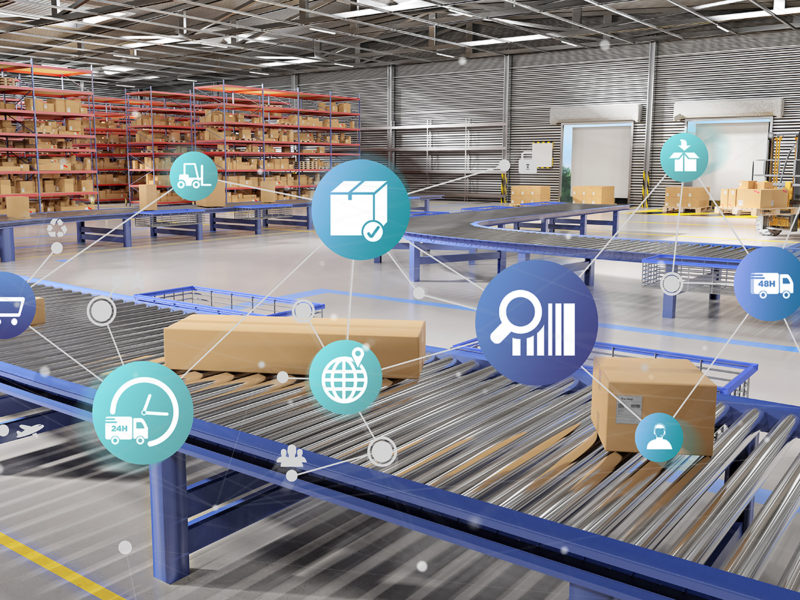Much of the discussion at the recent MDM Digital Distributor Summit, which we were proud to support, was around building an e-commerce presence — primarily in the form of a webstore — as part of a broader digital strategy.
I agree: Distributors do need some level of e-commerce to compete. But I would argue too many distributors think “online shopping,” and then stop there. They fail to consider more broadly all of the digital tools available now that can help them compete. Digital strategy is about more than the online sale. The right tools can drive benefits throughout your business that grow sales and profitability for both distributors and their customers.
E-commerce has become a base requirement for competing. But to really differentiate against Amazon and Walmart, as well as national distributors that have both product knowledge and scale, distributors need to think bigger. At the MDM event, Justin King of B2X Partners said many distributors don’t have moats that are as wide as they think they are. And in fact, the processes, systems and people that have made most distributors successful to date won’t be enough tomorrow. It’s also what’s keeping them from thinking outside of the box.
The message from one speaker, Jonathan Bein of Real Results Marketing, really resonated with me. He spoke about developing an omnichannel strategy around customers’ desire for efficiency. In other words, your customers don’t want to be told how to do business with you. They want to do business with you in the most efficient way possible, whether that’s through an e-commerce site, with a field sales rep or with a quick email to your customer service team.
Customers’ desire — really, their demand — for an efficient transaction may have roots in the Amazon experience. But distributors can capitalize on their deep reach into a customers’ operations to beat Amazon. That efficiency can become the moat that keeps competitors at bay rather than an insurmountable obstacle that distributors continually struggle to overcome.
Distributors have a big opportunity to take their value proposition to the customers’ physical locations at the point of use to deliver a carefree experience for the customer. Yes, many distributors have some form of vendor managed inventory, but many still do it with pen and paper in hand, calling orders back to customer service. That is not the most efficient (there’s that word again) way for either the distributor or their customer.
The True Differentiator
Services backed by emerging and tried-and-true technology that allow the distributor to supply a part before a machine breaks down or restock critical inventory without a customer even knowing they need it — in other words, no going online, calling a sales rep or price shopping required — will be the true differentiator. That improves efficiency in both the customer stockroom and the distribution center, and can save customers money by eliminating unneeded inventory. Providing this level of service to top customers who generate most of a distributor’s revenue also takes significant cash out of distribution center inventories.
Consider this: Distributors often manage what’s referred to as the last 10 feet of the supply chain. But that last 10 feet also happen to be the first 10 feet of the demand chain. When you think about it in this way, it puts the distributor in a new position.
At the point of use, with the right technology, distributors can track usage and forecast demand in real time. No napkin math required. What I call “precise demand planning” is simple, but powerful. The customer’s optimal minimum and maximum inventory levels are calculated, along with average usage, for a particular item. With that data, a distributor not only knows when a customer needs to order more, but also exactly how often and how much.
The ability to anticipate their demands and replenish supply before they ever run out may cause customers to suspect a distributor has superpowers. But it’s just the power of technology. It’s one level deeper than a webstore can go for your customers and delivers far more benefits.
This is just one example of opportunities to go digital not enough distributors are taking advantage of, which means that those that do will hold an edge long into the future.
Rock Rockwell is CEO of eTurns, a point of use inventory management system used by distributors to automate inventory replenishment at the point of use in stockroom and service trucks. Contact Rockwell at rock@eturns.com.
Related Posts
-
Let the computer do some of the work by conducting a virtual pilot to sanity…
-
Modern Distribution Management launches a new, user-friendly and streamlined look to our website, mdm.com.
-
In a recent virtual conversation with a few hundred Texas A&M Industrial Distribution students, the…




